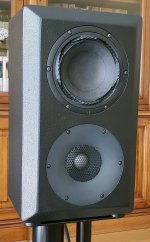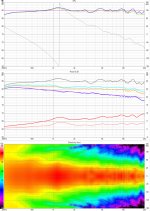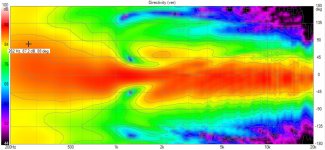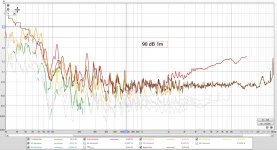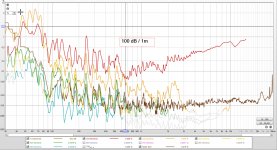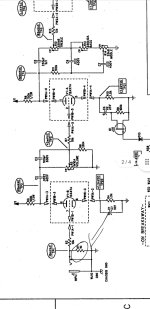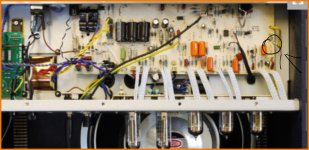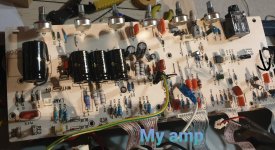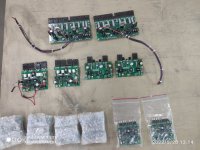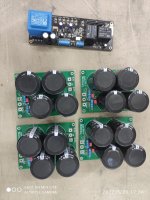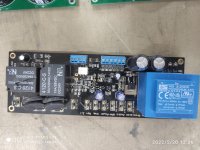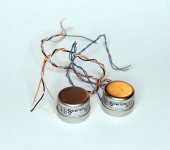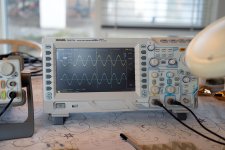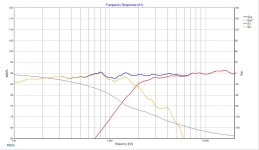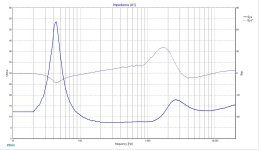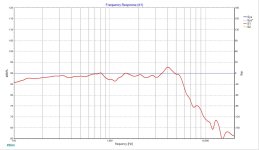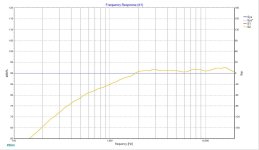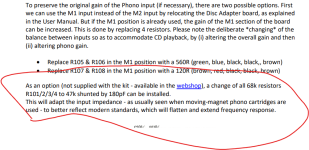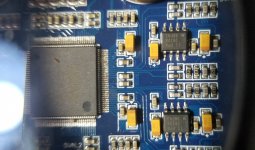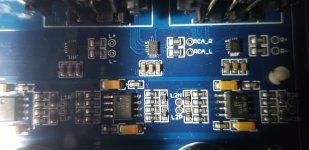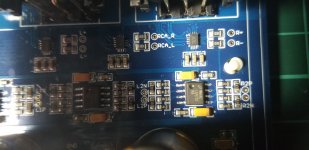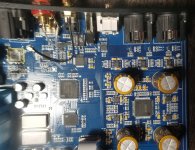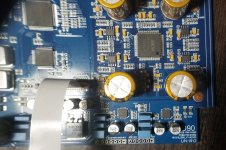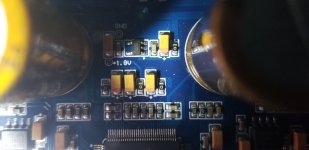UNSET is coming......
I have mentioned these words a few times in passing, but the truth is that UNSET only existed in LTspice at the time. The simulation showed unreal performance, but that is often the case with vacuum tube simulations, especially those where the tube is not connected up in a conventional manner.
This was the case for about a year. I have too much on my plate to effectively handle right now, so the simulation, along with several others sat in my PC undisturbed for a long time. Late last year I put together a test board for a push pull amp that used UNSET technology in the output stages only. It did work rather well, and I planned to pursue a follow up design, but the need to redesign the TSE board popped up, which is not yet finished. The boards are done, but all the documentation is still a mess.
About 3 weeks ago my wife started exhibiting heart attack / stroke symptoms, but refused to go to a doctor until bad stuff happened. There were good days and bad days for two weeks, which required my full time attention. During the evening of one of the good days we were both at this computer ordering some stuff for a baby shower when she said that she didn't feel well and wanted to go upstairs. Before we got to the stairwell, she passed out and dropped to the floor. I managed to get her upstairs, out to the car, and to the ER. They stabilized her and eventually figured out what the cause was, but this was the beginning of 4 days in the hospital and some full time watchfulness from me once she was home.
During the 4 days in the hospital she was sleeping most of the time so I fetched my laptop and did what I often did with a few days of idle time.....took one of my best simulations and made it into a PC board.
UNSET the simulation became UNSET the test board. it was a hurried up layout, many parts didn't fit right and a few were just left out by mistake. Over the past few days I populated the board with the exact parts from the simulation except where I didn't have the right part, I stuck in whatever I had. What were the chances that this would work? Would it blow up in my face? Am I going to stick expensive tubes into this thing? No way........
So, briefly, what is UNSET?
A SET is a Single Ended Triode amplifier. The SSE, TSE, and new TSE-II amps are examples of this, but the SSE often uses pentode tubes wired as triodes. This works, the pentode takes on triode like qualities with the associated triode disadvantages, most notably the inability to pull its plate down near the cathode voltage thus limiting the available power output. Another issue that needs to be overcome is the screen grid voltage limitations of most TV sweep tubes. Wire them as a triode, and most will eventually blow up when left alone idling which is worse case for a class A amp (maximum dissipation). The tube doesn't know if it's pentode, UL, or triode connected when it's idling, it just gets a constant voltage on it's elements, and if the screen grid is significantly above it's maximum spec, there is a risk that it will blow up (some will, some won't, but most will if left long enough).
What if there was a better way?
I have been searching for this better way for nearly 10 years. I experimented with screen drive, dual drive, and even built my GUT (Grand Unified Theory) board which had the ability to drive every electrode independently in either phase, except the plate and heater. Several toasted (and two exploded) tubes and nearly 10 years later, I arrived at a new topology that I can't find anywhere it recorded vacuum tube history.....yes, there are several close similarities, but this is truly unique.
I called this topology the Composite Electron Device for lack of a better name, since it is a composite of a vacuum tube pentode, a mosfet, and a hand full of discrete parts to create triode like curves. The screen grid specs are not violated, so that nearly any pentode will work with appropriate component values. Note that this statement is still based primarily on simulations, with some limited actual tube testing.
I will not reveal the full schematic just yet, but it is coming.........
The UNSET is an amplifier design that uses CED topology for its driver and output stages. A small CED is built with a high Gm pentode for the input / driver stage. I used a 6EJ7 / EF184 in the simulation, but stuck a $1 tube in the test board.
The output stage uses an identical circuit built with bigger parts. I laid out the board such that several popular octal tubes could be used, but messed this section up pretty bad. I wired it up to use an unloved and unwanted octal sweep tube that I have LOTS of.....A popular tube seller sold me over 100 of them for under 50 cents each!
After finding my mistake with a backwards zener diode, I was really surprised by what happened next.........
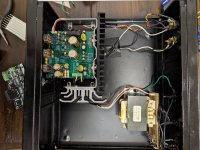
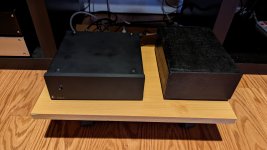
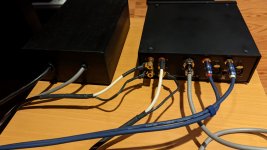
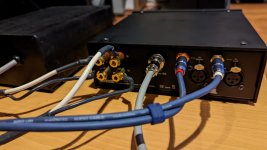
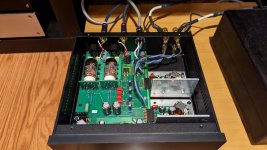
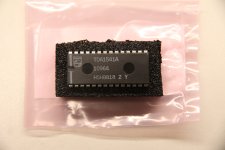
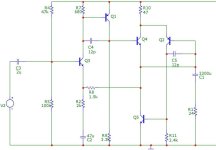
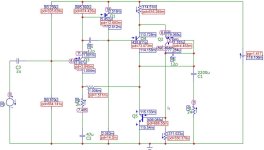
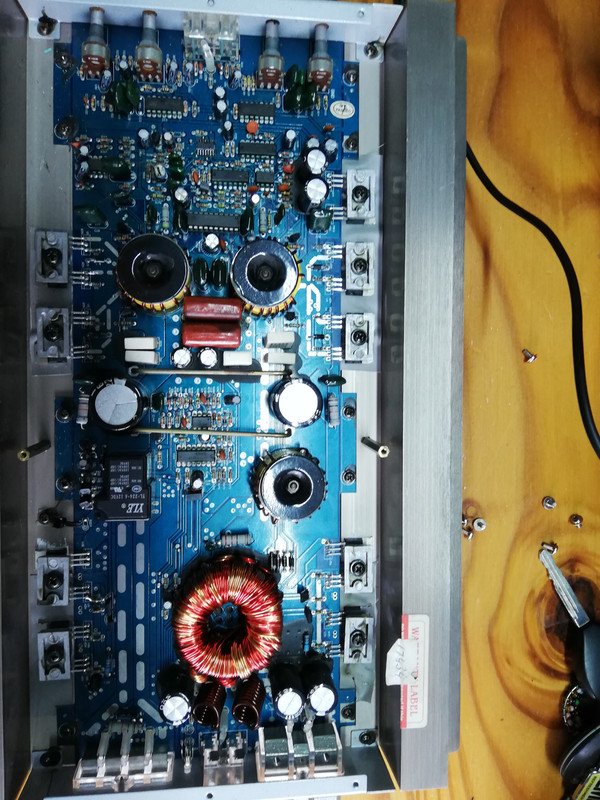


![20230426_060607[6473].jpg](/community/data/attachments/1076/1076365-b8051789d22e2bc1d62a3f4d7781f5b8.jpg?hash=uAUXidIuK8)
